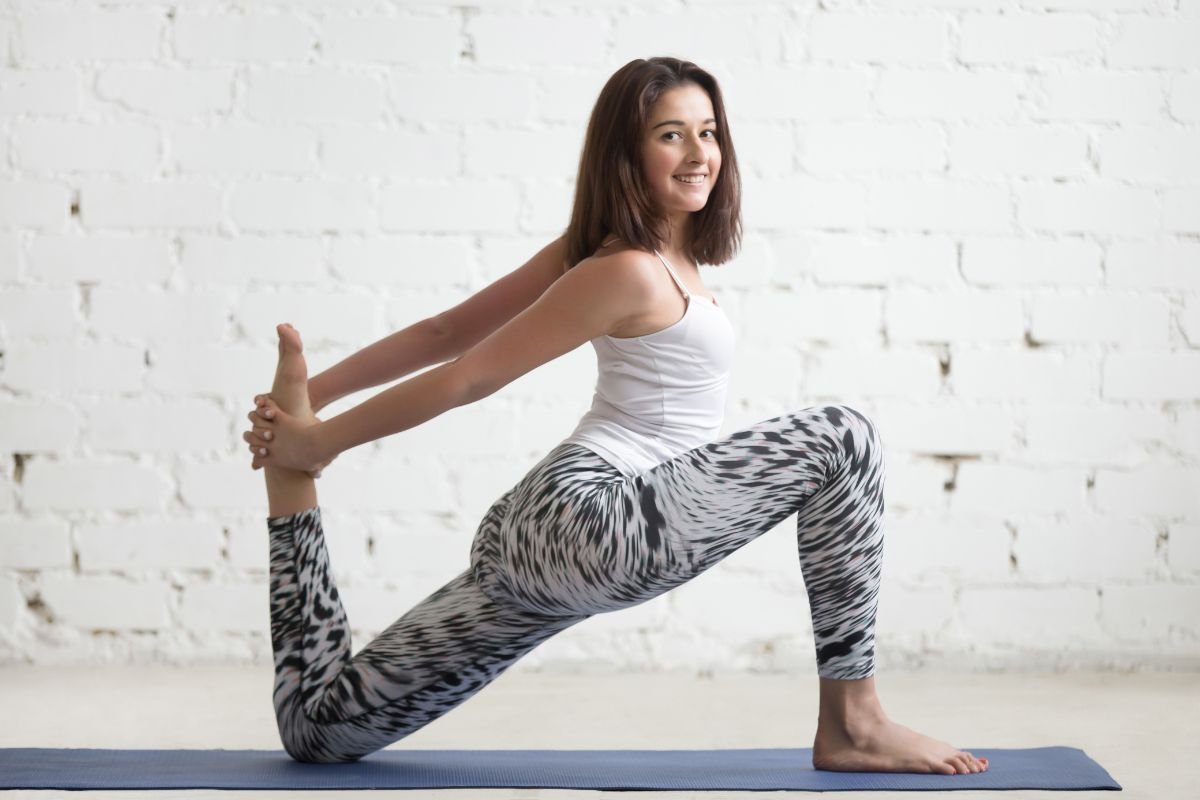Hip flexors are a crucial group of muscles located at the front of the hip joint. They are involved in a variety of movements, including walking, running, and standing. Despite their importance, issues related to tight hip flexors are common and can affect many people. In this article, we will explore the causes of tight hip flexors, how to recognize the symptoms, and effective strategies for relief and improved flexibility.
What Are Hip Flexors?
The term “hip flexors” refers to several muscles responsible for flexing the hip joint. The main muscles in this group include:
- Iliopsoas: This muscle group, which consists of the iliacus and psoas major, is the primary hip flexor. It helps lift the thigh and stabilize the spine.
- Rectus Femoris: Part of the quadriceps, this muscle assists in extending the knee and flexing the hip.
- Sartorius: Running diagonally across the thigh, this muscle aids in hip flexion and external rotation.
Together, these muscles enable a wide range of movements, including bending forward, lifting the knees, and stabilizing the pelvis.
Causes of Tight Hip Flexors
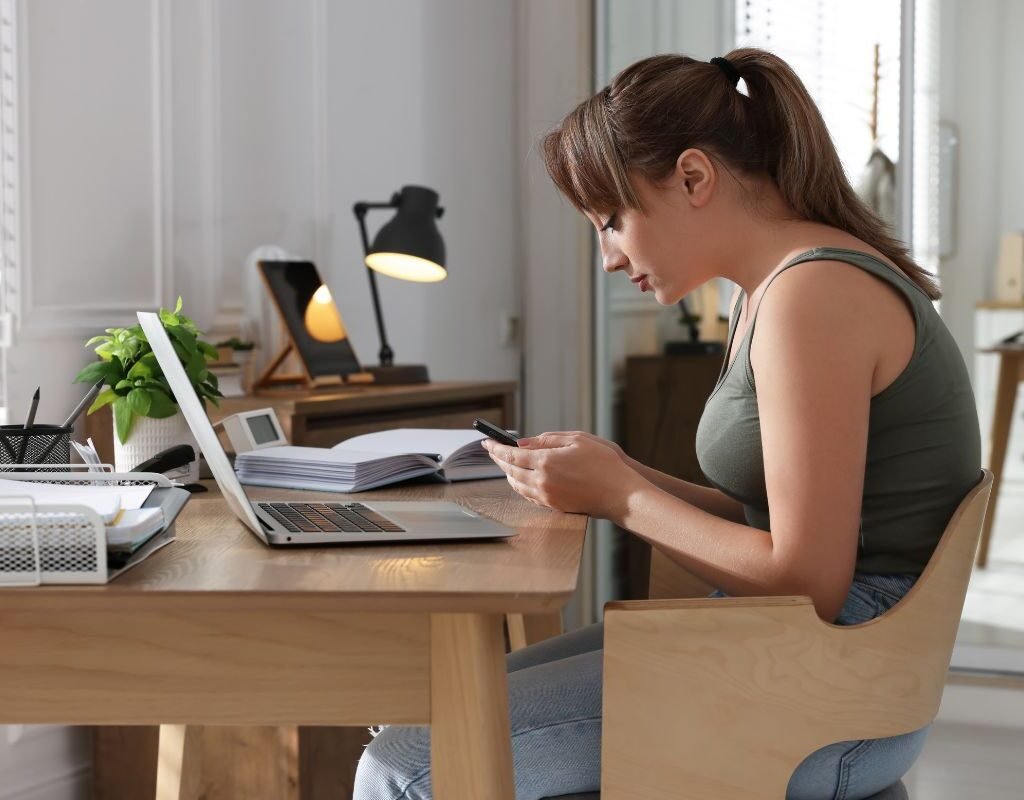
Several factors can contribute to this. Understanding these causes can help in addressing and managing the issue effectively:
1. Sedentary Lifestyle
Prolonged sitting is a common cause of tight hip flexors. When you sit for long periods, such as at a desk or in a car, it remain in a shortened position. Over time, this can lead to stiffness and tightness in these muscles.
2. Poor Posture
Poor posture, such as slouching or leaning forward while sitting, can aggravate hip flexor tightness. Incorrect alignment places additional strain on these muscles and may result in imbalances.
3. Overuse
For athletes or individuals engaged in activities that involve repetitive hip movements, such as running or cycling, overuse can lead to tight hip flexors. Excessive activity without proper stretching or recovery may cause discomfort.
4. Muscle Imbalance
Muscle imbalances between the hip flexors and other muscle groups, like the glutes and hamstrings, can contribute to tightness. Weakness or inactivity in opposing muscles can lead to increased tension in this muscle.
5. Inadequate Stretching
A lack of regular stretching can result in tight hip flexors. Stretching is essential for maintaining flexibility and preventing muscle tightness.
6. Injuries
Previous injuries or trauma to the hip area can also lead to tight hip flexors. Scar tissue or compensatory muscle use during the healing process may contribute to stiffness and discomfort.
Symptoms of Tight Hip Flexors
Identifying the symptoms of this is key to managing the condition effectively. Common symptoms include:
- Hip Pain: Discomfort in the front of the hip or thigh, particularly during activities that involve hip flexion.
- Lower Back Pain: Tight hip flexors can cause lower back pain due to increased stress on the lumbar spine.
- Restricted Range of Motion: Difficulty in fully extending the hip or achieving a complete range of motion is a common sign.
- Difficulty with Activities: Challenges in performing activities such as squatting or climbing stairs may indicate this.
How to Alleviate Tight Hip Flexors?
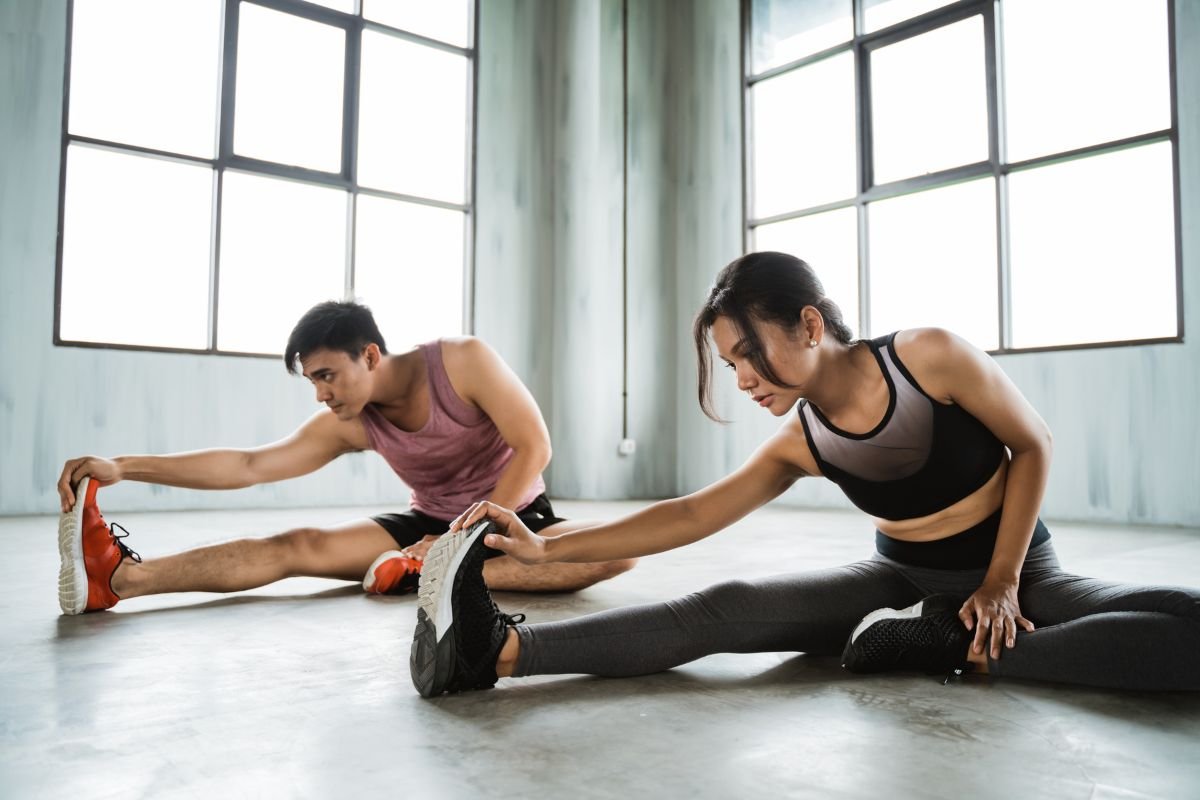
Addressing this involves a combination of stretching, strengthening, and lifestyle adjustments. Here are some effective strategies:
1. Stretching Exercises
Incorporating hip flexor stretches into your routine can help relieve tightness and improve flexibility. Effective stretches include:
- Lunge Stretch: Step one foot forward into a lunge position, keeping the back leg straight and the hips squared. Gently press your hips forward to stretch the front of the hip.
- Pigeon Pose: From a plank position, bring one knee forward and place it behind the opposite wrist. Extend the other leg straight back and lower your torso towards the ground to stretch the hip flexors and glutes.
- Butterfly Stretch: Sit with your feet together and gently press your knees towards the floor while leaning forward to stretch the inner thighs and hip flexors.
2. Strengthening Exercises
Strengthening the surrounding muscles can help balance muscle groups and reduce tightness. Consider these exercises:
- Glute Bridges: Lie on your back with your knees bent and feet flat on the floor. Lift your hips towards the ceiling, engaging the glutes and hamstrings.
- Clamshells: Lie on your side with your knees bent and feet together. Open and close your knees like a clamshell to strengthen the hip abductors.
- Hip Thrusts: Sit on the floor with your upper back resting against a bench or platform. Roll a barbell or weight across your hips and lift your hips towards the ceiling, engaging the glutes.
3. Lifestyle Adjustments
Making changes to your daily routine can help prevent and alleviate tight hip flexors:
- Take Frequent Breaks: Stand up, stretch, or walk every 30-60 minutes if you have a sedentary job or lifestyle.
- Maintain Good Posture: Use ergonomic chairs and maintain a neutral spine while sitting and standing.
- Warm-Up Properly: Perform a proper warm-up before engaging in physical activities to prepare your muscles for exercise.
4. Foam Rolling
Foam rolling can help release tightness and improve blood flow to the hip flexors. Gently roll over the front of your hips and thighs to target trigger points and reduce muscle tension.
Preventing Tight Hip Flexors
To prevent this from becoming a recurring issue, consider incorporating the following practices into your routine:
1. Incorporate Movement Throughout the Day
Prolonged periods of sitting can contribute to this. To combat this, incorporate movement into your daily routine. Simple actions such as standing up to stretch or walk every hour can help reduce muscle stiffness and maintain flexibility.
2. Practice Yoga and Pilates
Yoga and Pilates are excellent for improving overall flexibility and strengthening the core muscles. Many poses and exercises in these disciplines target the hip flexors and surrounding muscle groups, helping to keep them loose and strong. Incorporate practices like downward-facing dog, warrior poses, and leg lifts into your routine.
3. Focus on Proper Technique
Whether you’re exercising or performing daily activities, ensure you’re using proper technique. For example, when lifting objects, use your legs and core muscles rather than leaning forward, which can strain the hip flexors.
4. Stay Hydrated
Proper hydration is essential for muscle function and recovery. Drinking enough water helps maintain muscle elasticity and can prevent stiffness and cramping.
Recognizing When to Seek Professional Help
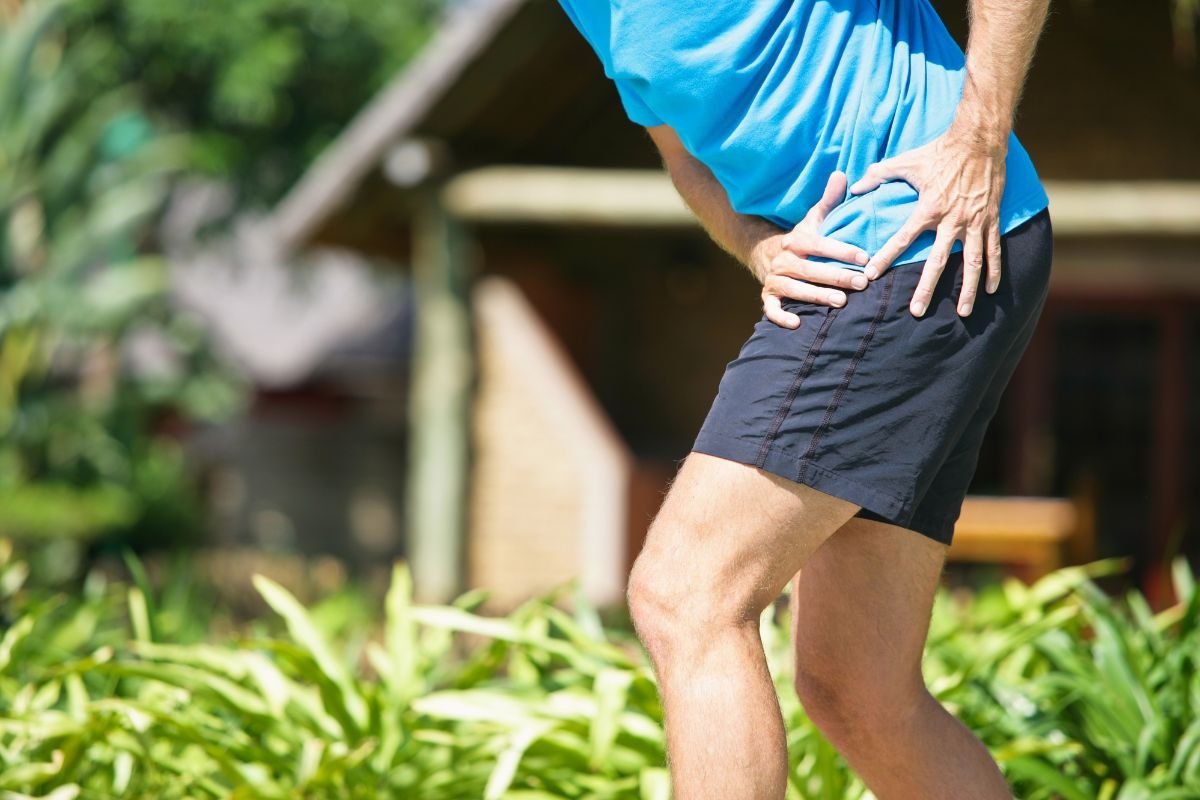
While many issues with this can be managed with self-care and exercise, there are situations where professional intervention may be necessary. Consider seeking help from a healthcare provider if you experience:
- Severe Pain: Persistent or severe pain that doesn’t improve with stretching or rest may indicate a more serious issue, such as a muscle tear or other injury.
- Functional Limitations: If tight hip flexors are severely impacting your ability to perform daily activities or exercise, professional evaluation can provide targeted treatment and advice.
- Chronic Discomfort: If you’ve been dealing with this for an extended period despite trying various remedies, a physical therapist or other specialist can help assess the underlying causes and provide tailored solutions.
Additional Tips for
- Warm-Up Before Exercise: Always perform a proper warm-up before engaging in physical activity. This prepares your muscles for the workout and helps prevent tightness.
- Gradually Increase Activity Levels: When starting a new exercise program or increasing intensity, do so gradually to avoid overloading the hip flexors and other muscles.
- Use Heat Therapy: Applying heat to tight muscles can help relax them and improve blood flow. Consider using a heating pad or warm bath to alleviate stiffness.
- Incorporate Strengthening and Flexibility Exercises: A balanced routine that includes both strengthening and flexibility exercises for the hip flexors and surrounding muscles can help maintain optimal function and prevent tightness.
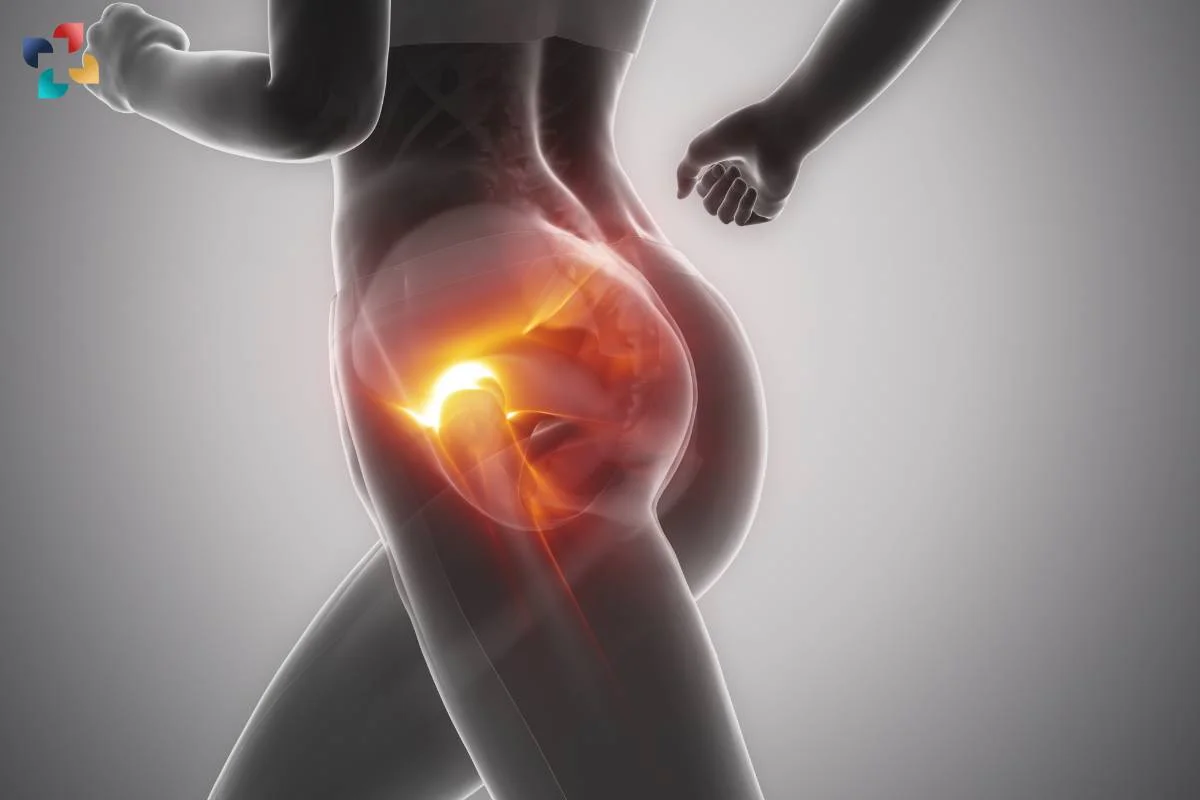
Comprehensive Guide to Hip Tendonitis: Causes, Symptoms, Treatment, and Prevention
In this comprehensive guide, we will explore the causes, symptoms, diagnosis, treatment options, and preventive measures for hip tendonitis.
Conclusion
Tight hip flexors are a common issue that can affect your mobility and comfort. By understanding the causes, recognizing the symptoms, and implementing effective strategies for relief, you can manage and prevent this condition. Regular stretching, strengthening exercises, lifestyle adjustments, and professional guidance when needed are key to maintaining healthy and flexible hip flexors.
Incorporating these practices into your daily routine will not only help alleviate tightness but also enhance your overall physical well-being, allowing you to move more freely and comfortably.

